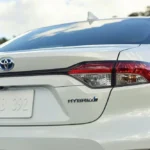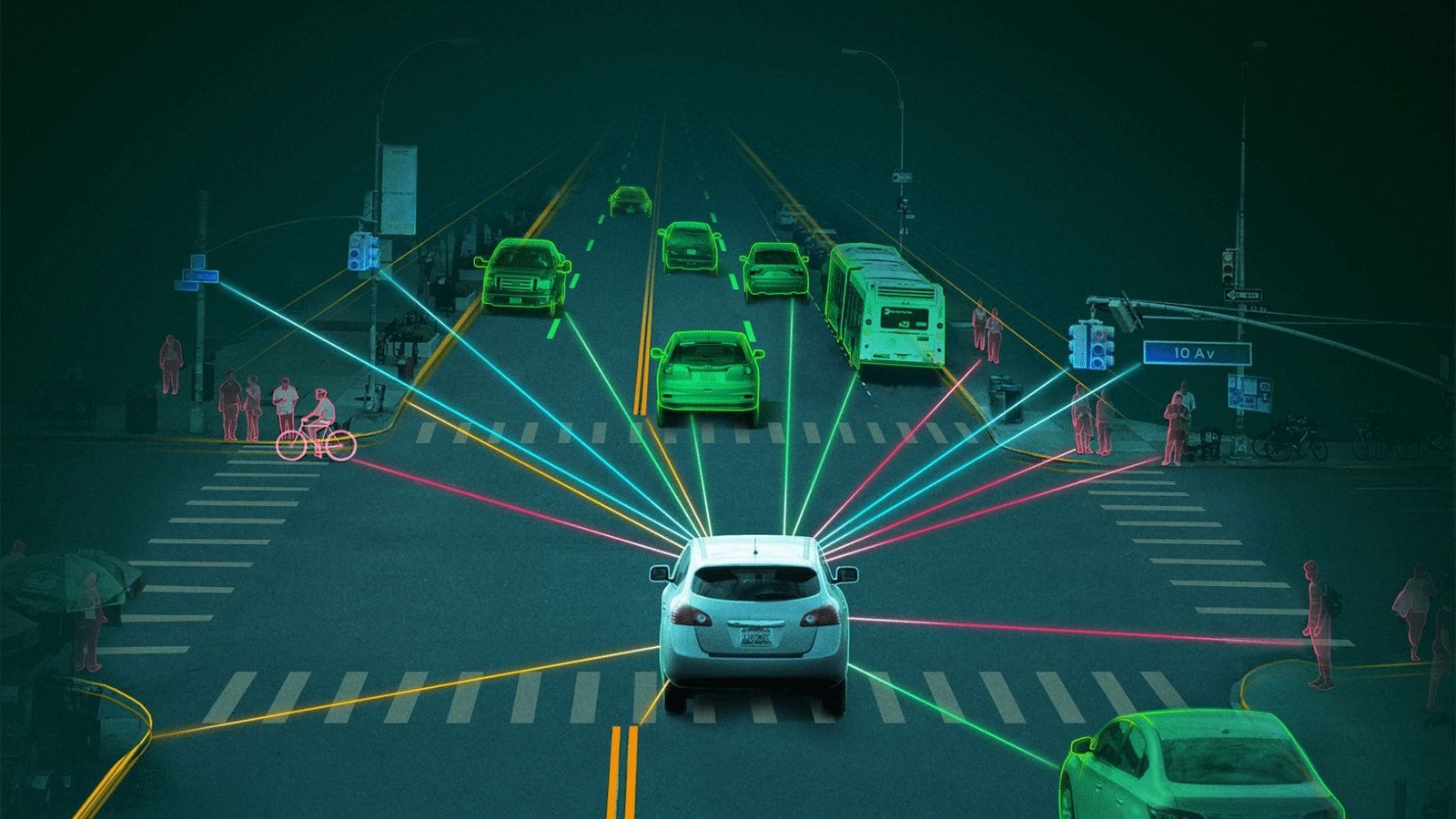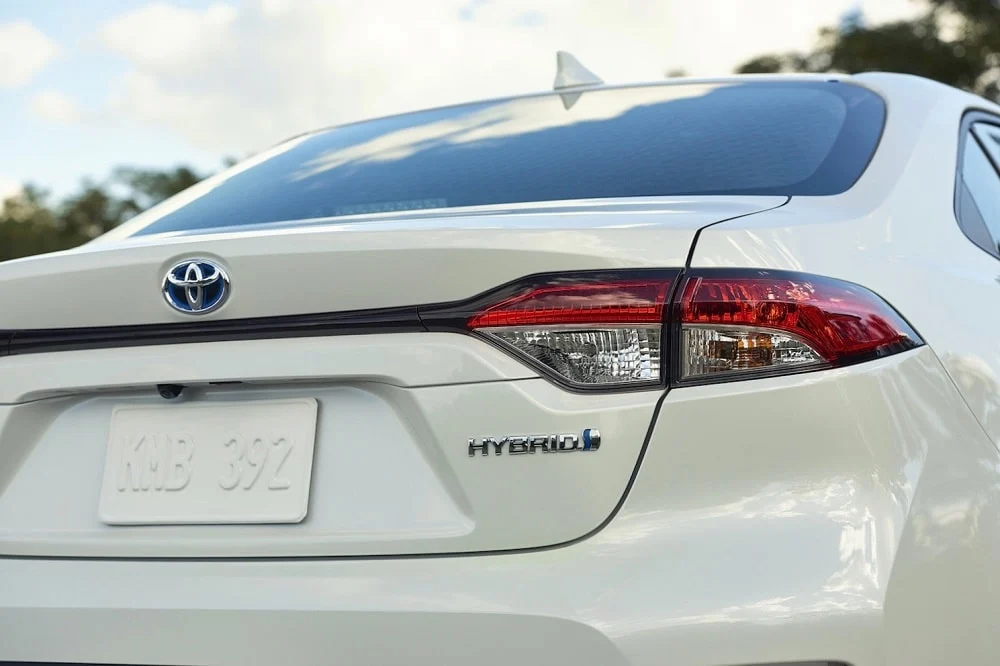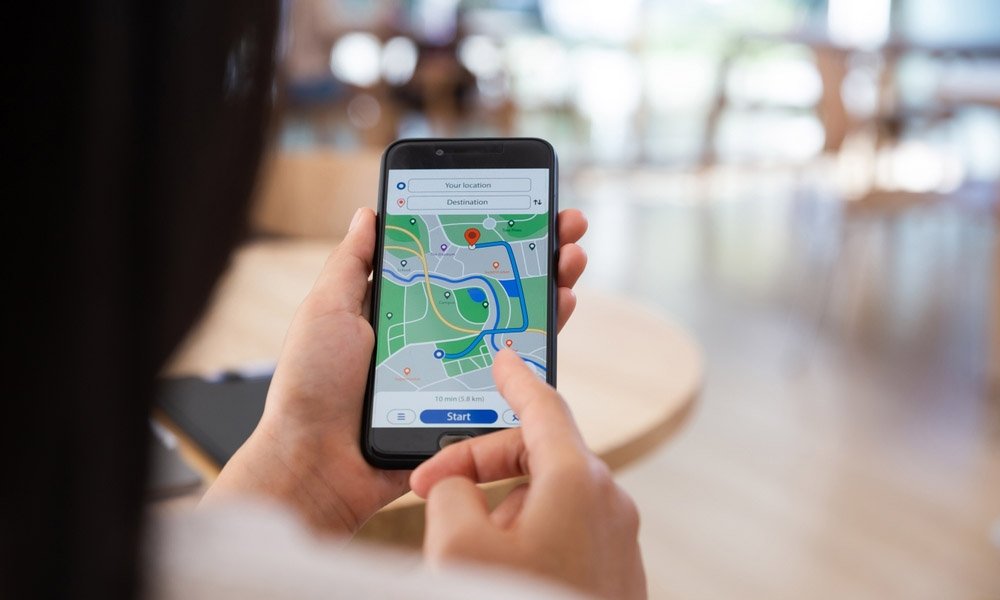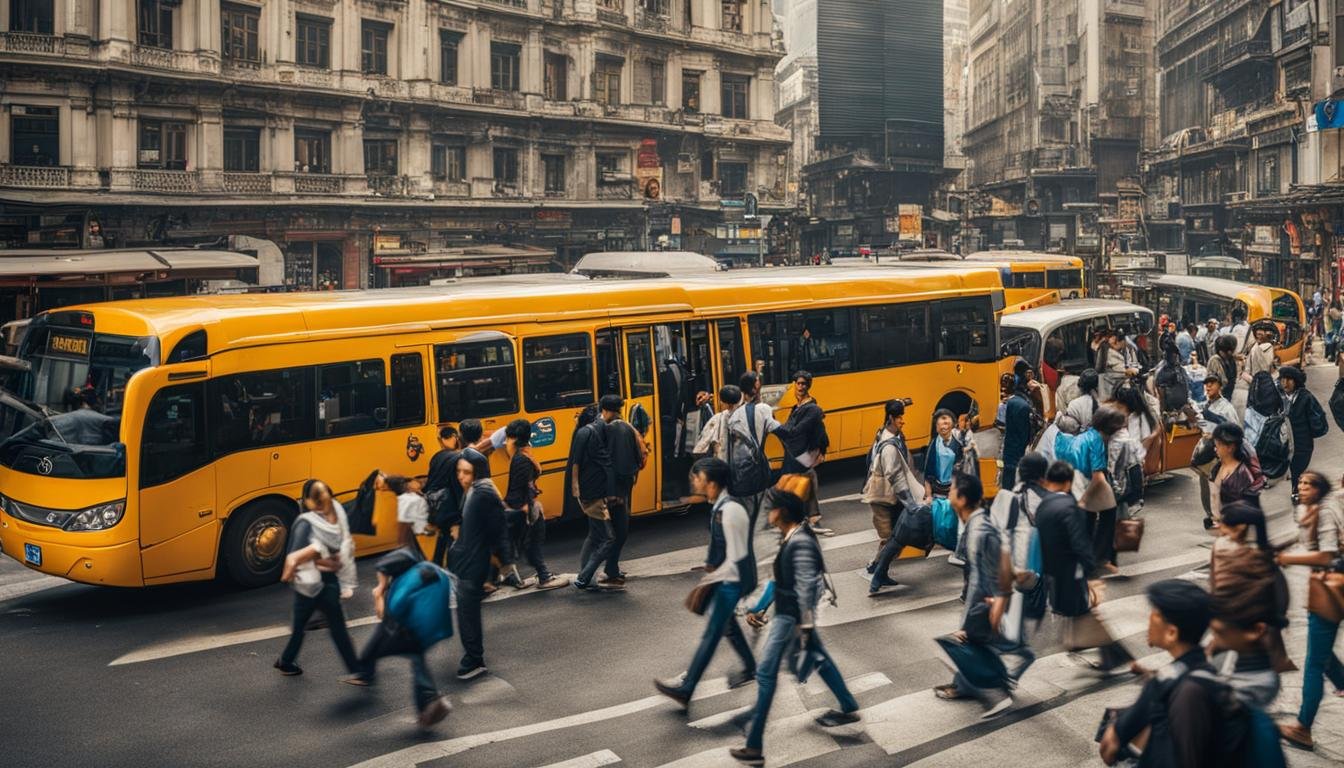The rise of autonomous vehicles is set to reshape the way we think about traffic and transportation. Self-driving cars have the potential to bring significant changes to how we travel, improve road safety, and even reduce traffic congestion. In this article, we’ll explore how autonomous vehicles (AVs) will affect traffic patterns and what the future of urban mobility might look like.

1. Reduced Traffic Congestion
One of the most promising impacts of autonomous vehicles on traffic is the potential for reduced congestion. AVs can communicate with each other and traffic systems in real-time. This allows them to adjust speeds, change lanes, and avoid bottlenecks without the need for human intervention. Self-driving cars can “talk” to each other to maintain optimal distances, improving the flow of traffic.
Additionally, AVs can optimize transport planning by considering real-time traffic conditions. They can adjust their routes to avoid traffic jams, construction zones, or accidents, helping reduce overall congestion on the roads.
2. Improved Traffic Flow
Autonomous vehicles can dramatically improve traffic flow. By using algorithms that consider factors like traffic light timings, road conditions, and vehicle speeds, AVs can make smarter driving decisions. For example, AVs can synchronize with traffic signals to reduce stops at red lights, leading to smoother and faster travel times.
Moreover, autonomous cars can drive closer to each other without risk, thanks to their advanced sensors and technology. This “platooning” behavior allows for more efficient use of road space, as cars can travel in tighter formations, reducing the number of lanes required and increasing road capacity.
3. Fewer Accidents and Improved Safety
Safety is one of the key benefits of autonomous vehicles. Human error is the cause of most traffic accidents, but AVs are designed to eliminate many of these errors. With advanced sensors, cameras, and AI-powered systems, self-driving cars can anticipate and react faster than human drivers.
AVs can also communicate with infrastructure such as traffic signals, road signs, and other vehicles to avoid collisions. By removing the risk of distracted driving, driving under the influence, and speeding, autonomous vehicles could significantly lower the number of accidents on the road, leading to safer streets overall.
4. Potential for Reduced Parking Demand
Another way autonomous vehicles could impact traffic is by reducing the demand for parking. Since AVs don’t need to park themselves, they can drop off passengers at their destinations and then drive off to a nearby parking area or even return home. This ability can reduce the need for large parking lots or garages in urban areas, freeing up valuable space for other uses.
Additionally, self-driving cars can park in more compact spaces, optimizing parking efficiency. This could lead to more available parking spaces in crowded cities, which might also help alleviate traffic caused by people searching for parking spots.
5. Increased Road Efficiency During Off-Peak Hours
When roads are less busy, AVs can help increase road efficiency by maintaining a steady flow of traffic. Unlike human drivers, self-driving cars don’t need to stop at every intersection or take breaks. They can maintain a consistent speed, which could further reduce traffic disruptions during off-peak hours.
As more AVs enter the transportation system, the transition from busy to quiet traffic periods could become smoother. This would help cities manage both rush hour and non-peak traffic with greater ease.
6. Challenges with Mixed Traffic Conditions
While autonomous vehicles hold great promise, there are also challenges when it comes to mixed traffic conditions. In the early stages of AV adoption, human-driven vehicles will still share the road with autonomous ones. This could lead to confusion, delays, and unpredictable traffic patterns as drivers of conventional cars adjust to AV behavior.
However, as the number of autonomous vehicles on the road increases, this issue should reduce over time. As more vehicles become fully autonomous, the traffic system will likely evolve to accommodate them better.
7. Changes in Urban Infrastructure
The widespread adoption of autonomous vehicles will require changes in urban infrastructure. Roads, traffic signals, and signage may need to be upgraded to be more compatible with self-driving cars. For example, AVs may rely on digital maps, sensors, and smart traffic lights, meaning cities will need to invest in these technologies.
Urban planning could also change. Since AVs will likely need less parking space, cities may convert parking areas into more useful spaces like green zones or community hubs. These changes will transform city landscapes and traffic management systems.
8. Environmental Impact of Autonomous Vehicles
In addition to improving traffic, autonomous vehicles can also contribute to environmental sustainability. Self-driving cars are likely to be electric, which could reduce greenhouse gas emissions. As AVs become more efficient, they could help create cleaner, greener cities by lowering pollution levels.
Moreover, since AVs can optimize routes, they may also reduce fuel consumption. By choosing the fastest, most efficient paths, self-driving cars can help minimize fuel waste and carbon footprints, contributing to a cleaner environment.
9. Reduction in Road Rage and Stress
One of the hidden benefits of autonomous vehicles is the reduction of road rage and commuter stress. Since AVs handle driving, commuters can relax and focus on other activities like reading or working during their commute. The elimination of stressful driving situations such as traffic jams, aggressive drivers, or the need to park can improve the overall experience for passengers.
This could lead to better mental health for drivers and passengers, as commuting becomes less frustrating and more productive.
Conclusion
The impact of autonomous vehicles on traffic will be transformative. With improved traffic flow, fewer accidents, reduced parking demand, and a smoother driving experience, self-driving cars promise to change how we move through cities. While there are still challenges to overcome, the future of traffic and urban mobility looks promising.
As more cities invest in autonomous vehicles and related infrastructure, traffic congestion, accidents, and emissions are likely to decrease. In time, autonomous vehicles could help make our roads safer, cleaner, and more efficient for everyone.



